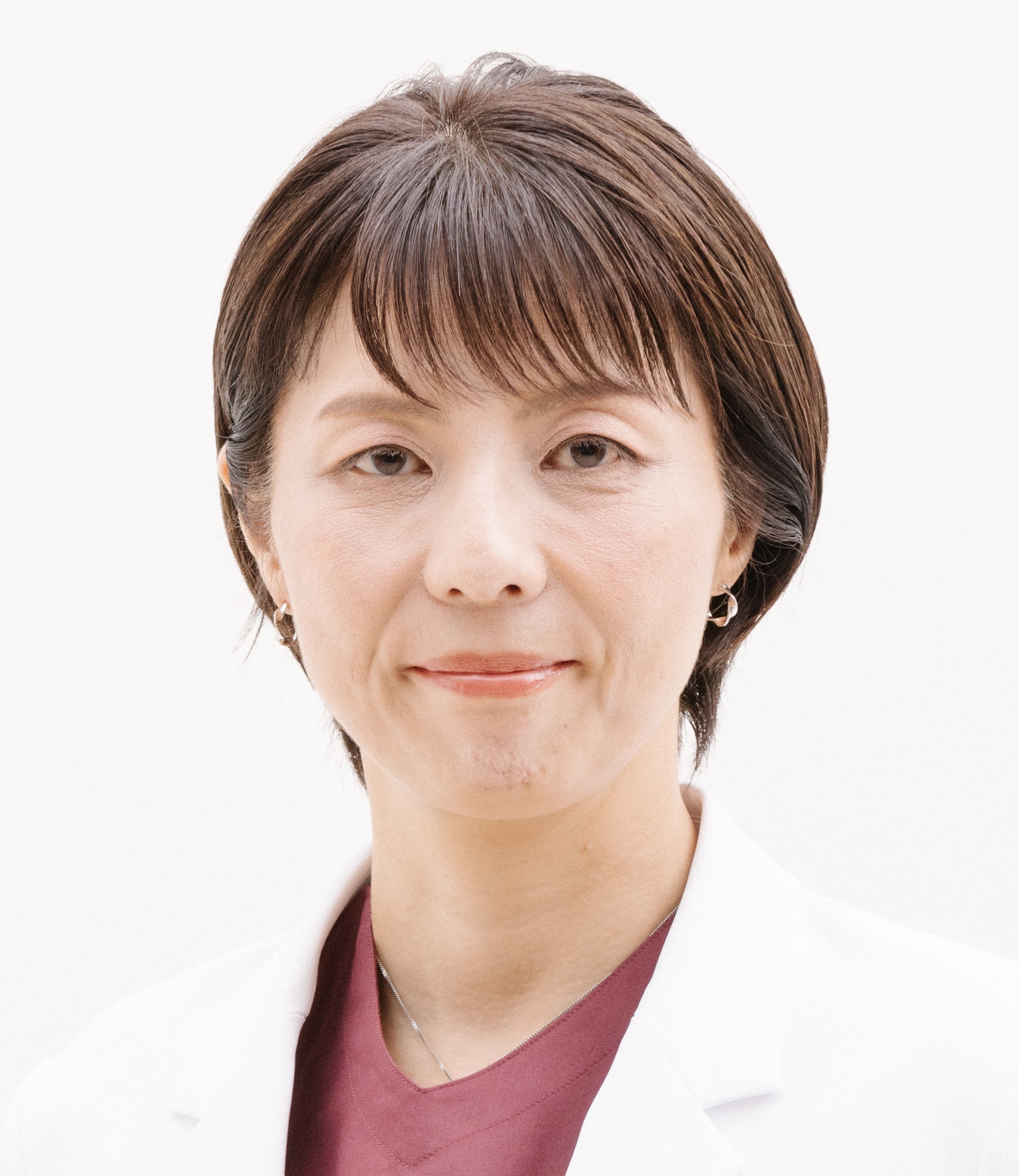Division of Respiratory Medicine
Overview of the department

Chairman
Prof. Yuko Waseda
Consultation system/therapeutic strategies
Outpatient medical care is conducted in the morning from Monday to Friday. If a reservation is made through the Department of Regional Care Cooperation on referral from regional hospitals or clinics the day before consultation or earlier, the waiting time will be shortened. Emergencies referred from other hospitals are accepted even in the afternoon. In the afternoon, patients can undergo outpatient lung cancer treatment or consult the asbestos outpatient clinic. For admission care, a team consisting of an instructor, medical staff, and residents in the Division of Respiratory Medicine is responsible for diagnosis/treatment/informed consent in accordance with individual patients’ conditions based on guidelines for each disease. In addition, we are making efforts to increase the accuracy of diagnosis and provide better treatment based on the chairman’s rounds and conferences in collaboration with the Department of Thoracic Surgery and Department of Radiology.
Field of expertise
Diagnostic instruments/techniques are advanced. All treatments we provide are understood and performed at an expert level. It is possible to manage all respiratory diseases. In particular, the image-based/endoscopic diagnosis of lung cancer or diffuse lung disease using CT/PET images or the latest (ultrathin) bronchoscope is advantageous. We perform the most advanced treatments based on guidelines and medical evidence, and have achieved marked effects on lung cancer, bronchial asthma, chronic cough, COPD, pneumonia, ARDS (acute respiratory distress syndrome ), and idiopathic interstitial pneumonias. The staff include specialists in allergy, tumors, interstitial pneumonia, and pulmonary angiopathy (pulmonary circulation disorder).
Treatments of refractory asthma, lung cancer, interstitial pneumonia, pulmonary hypertension, and pulmonary thromboembolism have been particularly effective.
Advanced medical care
1) Diagnosis of lung cancer or diffuse inflammatory lung disease using PET/CT
2) High-level endoscopic diagnosis using an ultrathin bronchoscope/ultrasonic endoscope
3) Treatment of ARDS
4) Individualized treatment of lung cancer
5) Most appropriate treatment of respiratory infection (mainly pneumonia)
6) Most appropriate treatment of refractory bronchial asthma
Symptoms/diseases treated in our department
Symptoms
Cough (acute, protracted, chronic), sputum (viscous, purulent, bloody), hemoptysis, postnasal discharge/clearing the throat, shortness of breath/dyspnea (acute, chronic, on exercise), stridor, thoracic pain, respiratory abnormalities (hyperpnea, apnea), abnormalities on chest X-ray, retention of pleural fluid, nonspecific fever, malaise, and weight loss
Diseases treated in our department
Pneumonia, bronchitis, bronchial asthma, atopic cough, sinobronchial syndrome, diffuse panbronchiolitis, bronchiectasis, pulmonary tuberculosis, pulmonary atypical mycobacteriosis, pulmonary emphysema (COPD), interstitial pneumonia, drug-induced pneumonia, collagen disease-related lung disease, occupational lung disease (silicosis, asbestos lung, metal lung), hypersensitivity pneumonitis, sarcoidosis, pulmonary vasculitis, pulmonary thromboembolism, pulmonary hypertension, acute respiratory distress syndrome(ARDS), sleep apnea syndrome, hyperventilation syndrome, respiratory failure (acute/chronic, type 1/2), pleuritis (pleural effusion), pneumothorax, lung cancer, pleural mesothelioma, and mediastinal tumors
Primary examinations and explanations
Examinations that can be performed in the outpatient clinic
CT (thoracic region, whole body in some cases), MRI (thoracic region, brain)(a consent form is required for contrast-enhanced CT/MRI), FDG-PET/CT (whole body), bone scintigraphy, pulmonary blood flow scintigraphy, gallium scintigraphy, detailed respiratory function test, and measurement of peripheral airway resistance
Examinations requiring admission
In our hospital, the most advanced bronchoscope system has been introduced. Ultrathin bronchoscopes, virtual endoscopes (Virtual Bronchoscopic Navigation), and ultrasonic bronchoscopes (peripheral lung field (EBUS-GS)/mediastinal lymph node (EBUS-TBNA)) have also been introduced. Examinations are conducted by combining the use of devices appropriate for individual patients. To investigate the usefulness of these devices as one of the missions of a university hospital, a collaborative study with other hospitals in Japan is being conducted. If necessary, thoracoscopy, ultrasound-guided percutaneous needle biopsy, and CT-guided lung biopsy are performed in cooperation with the Department of Thoracic Surgery and Department of Radiology (reservation system).
 University of Fukui Hospital
University of Fukui Hospital University of Fukui Hospital
University of Fukui Hospital +81-776-61-311
+81-776-61-311 Access
Access